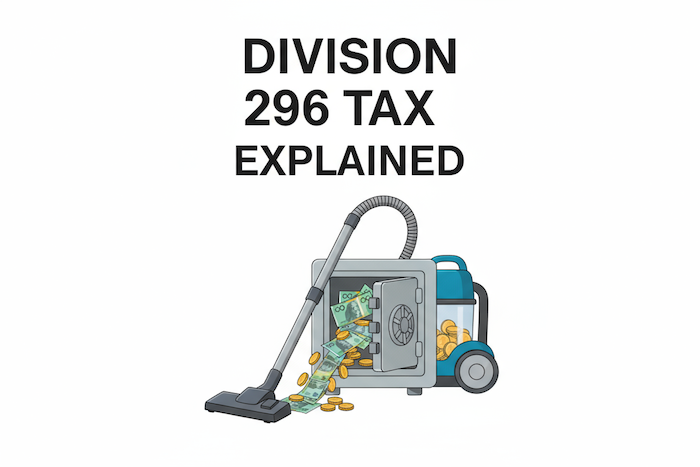Avoid These 10 Retirement Planning Mistakes
Retirement. For many, the word conjures images of leisurely days, exotic travels, and the freedom to finally pursue long-held passions. But for a startling number of Australians, the prospect of their golden years is clouded by financial anxiety. A recent UniSuper study found that over 90% of us are worried about retirement, with money being the top concern for nearly half [1]. This widespread apprehension isn’t unfounded; it’s often the result of a few common, and entirely avoidable, missteps in the retirement planning journey.
Retirement Planning: Your Roadmap to Financial Freedom
This isn’t just another article about saving for retirement. It’s a practical guide to help you sidestep the ten most common blunders that can seriously dent your retirement savings. We’ll break down the retirement planning process into simple, manageable steps and give you the tools and knowledge to build a future you can look forward to with genuine excitement, not trepidation.










